Best Vegetables to Grow in Pots
Even though I live in Southern Utah and I don’t get much snow, it is still pretty cold outside. Not many vegetables like super cold temperatures and if you live in a colder area, you can’t even try to plant anything outside. So, the next best thing is to know which vegetables to grow in pots! Please keep in mind, all of these vegetables will grow great outside in pots as well in the proper weather and temperature conditions. This is where I buy my garden seeds: SeedsNow
If you live in an area that does get frost, you can always plant indoors and then move your stuff outdoors as the season warms up. I highly recommend these products for your seedlings: CowPots and Organic Seedling Soil. This way you plant your seeds and place the CowPots in your garden or pots when the temperatures are right. In case you missed this post, Container Gardens: Everything You Need To Know
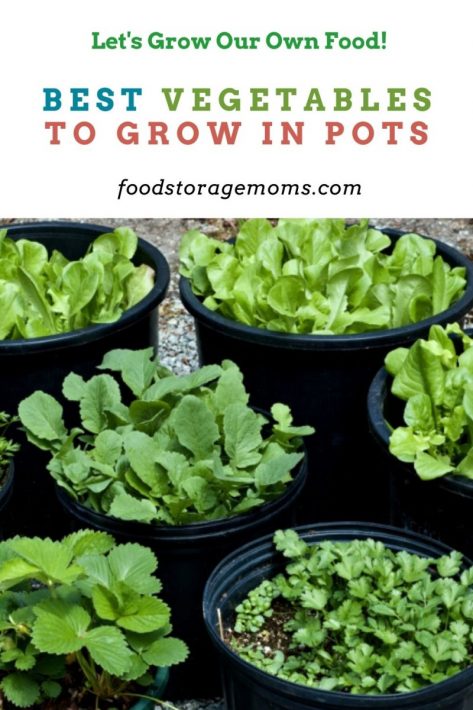
10 Best Vegetables to Grow in Pots
Let’s face it, not all vegetables will do super well in pots. You can start a lot of plants inside, but that doesn’t mean they will all grow productively in pots. It is possible to have success in your outside pots, but there are a few that grow more easily and produce tons of vegetables in pots. To help you with your indoor gardening needs, I am going to tell you about 10 of the best and most productive vegetables to grow in pots that you can grow outside.
#1 Tomatoes
Whether you have a green thumb or not, tomatoes of various varieties are some of the easiest vegetables to grow inside and out! You will need to make sure your tomato plants get 5 to 6 hours of sunlight every single day! Growing dwarf varieties or cherry tomatoes will give you a higher yield when growing them in pots.
#2 Lettuce
Lettuce is fantastic for salads, burgers, and tortilla wraps. It grows quickly, so you can harvest it multiple times over the winter months. You will want to choose a wide variety of lettuce. When planting it, keep 4 inches between each plant. Leaf lettuce can be grown closer than head lettuce.
#3 Peppers
Peppers are great for adding a little kick to your dishes. And, they are quite productive when grown in a pot. They need to be in a warm sunny spot on your deck or porch to thrive. Be sure to use a large pot that is at least 12 inches deep for these guys to fruit heavily.
#4 Cilantro
I love Mexican food so having Cilantro at my fingertips is the perfect item to grow in pots. You may want to grow two pots to grow in succession. Cilantro is a one time pick. It’s so easy to grow and you use scissors to clip off what you need.
#5. Potatoes
I grow potatoes in larger pots and they do really well. I love to grow Russet and Yukon Gold potatoes. They do really well and the kids love to dig for them.
#6 Peas
Peas make a perfect side dish or can be thrown into any soup or pasta dish for added nutritional value. They are super easy to grow in a container because they don’t really require a lot of attention. Choose dwarf or bushier varieties and water frequently. Make sure they are in a sunny spot.
#7 Carrots
Delicious and nutritious, carrots are super easy to grow in pots. And, because they grow best in cooler weather, you don’t have to worry about keeping them warm all the time. Keep in mind that the seeds may need to be spread out a little so you may not get a lot of plants in one pot like with veggies. Planting seeds every 2 weeks will give you an abundance of veggies over a longer period of growing season.
#8 Beans
No, these beans don’t make you toot. I am talking about green beans! Beans are climbers so they grow upward. You will want to place them in 12 inch deep pots (the bigger the better). Then, place them next to a wall in a sunny spot. Within weeks, you will have a pretty green plant of beans growing up your wall. I prefer Bush Beans so look for those, they don’t grow as tall and spindly.
#9 Spinach
I personally like spinach leaves better than lettuce in my salads. This is great news if you do too because it is one of the best vegetables to grow in pots. You will need a pot that is at least 6 to 8 inches deep, but you will want it to be a wide pot. They can be grown indoors on a windowsill and outside on your deck or porch.
#10 Squashes
Squashes, like zucchini, are super productive when grown in pots. In fact, they are one of the most suitable crops for a rooftop, balcony, or patio.
What if I Don’t Get Enough Sunlight?
Many homes are too cold and dry or don’t get enough sunlight in the winter for indoor plants to thrive. The lack of sunlight, the cooler temperatures, and dry air make it hard to keep your plants healthy. But, that’s no reason not to grow them. In this day and age, we can get our own sunlight as well as keep our plants warm.
Here are a few indoor plant lights and inexpensive options to grow vegetables in pots:
Should I Use Plants or Seeds?
This is a tricky question. Typically when you use plants, you will still have to buy them from the store. I would suggest learning how to plant and grow your vegetables using seeds, especially if you’re not familiar with using seeds. This will help you to be even more self-sufficient. I stock up on seeds through SeedsNow!
How to Plant Seeds in a Pot
You will first want to make sure you have a pot that is at least 6 inches deep. I suggest using 12-inch pots to be sure. Look for soil that is made especially for starting seeds. Or, you can make your own by combining 1 part peat moss, 1 part vermiculite, and 1 part perlite. If you aren’t sure how to start your vegetables, follow my instructions below:
- Get your containers and soil. Miracle-Gro Indoor Potting mix can be purchased on Amazon.
- Choose your seeds. Lettuce is a good vegetable to start with if you haven’t planted seeds indoors before. Find them at SeedsNow!
- Fill your pot with soil. The soil needs to be damp, but not wet. Fill your pot to half an inch from the top with your soil.
- Read the seed packet. The back of the seed packet will let you know how deep to plant your seeds as well as how far apart each seed should be.
- Put the seeds in the soil. Gently press the seeds in and lightly cover them with a seed starting mixture or mulch.
- Moisten your seeds. The top layer of your seed-starter or mulch should be damp, but not wet. Add small amounts of water at a time.
- Place plants near sunlight. It’s best to pick a location where your plants can get the most sunlight, especially in the winter months.
- Maintain your plants. Water them as needed. Once they sprout leaves, ensure they have proper nutrients by adding a liquid fertilizer once to twice per month.
What Size Pot Should I Use to Grow Vegetables in Pots?
When in doubt, go bigger! As mentioned earlier, I would suggest using a large pot that is at least 12-18-inches deep for all of your plants. This gives your plants lots of space to grow and thrive. Putting them in a pot that is too small will inevitably decrease your supply and possibly kill your vegetables.
Other Posts to Read
There are so many vegetables you can grow outdoors, depending on where you live. Check out my posts on what to plant each month of the year!
- What To Plant In January
- What To Plant In February
- What To Plant In March
- What To Plant In April
- What To Plant In May
- What To Plant In June
- What To Plant In July
- What To Plant In August
- What To Plant In September
- What To Plant In October
Garden Gloves
These are my favorite garden gloves: DIGZ Garden Gloves They come in different sizes, that’s what I love the most. These are the best rose bush gloves: DIGZ Rose Bush Garden Gloves I have to get the large size for my hands. These are awesome!
Vegetables to Grow in Pots
Final Word
Being self-sufficient means that even if the weather isn’t suitable for growing things outdoors, you can start garden seeds inside to transplant outside when temperatures are acceptable. Who needs a grocery store when we can grow your own?! The of the best ways we can prepare is to be able to grow our own food! Even if you don’t have a green thumb, grab some seeds and try it out! Let me know if you’re growing some plants indoors right now for planting outdoors later, and if so, what did you decide to plant this year? May God Bless this world, Linda

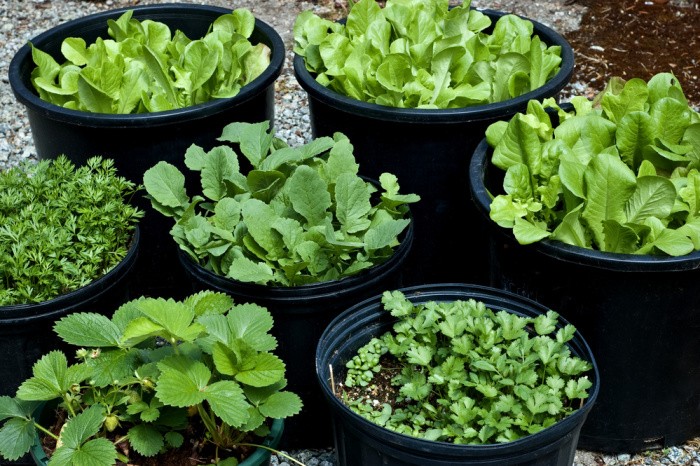

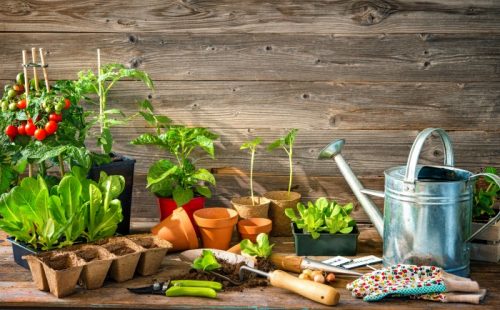
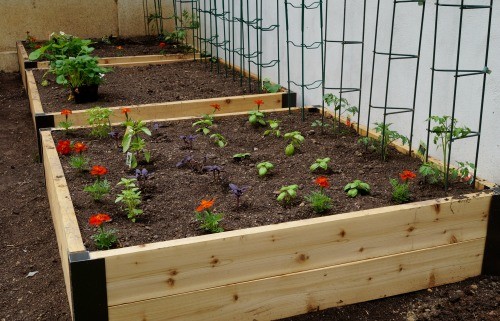
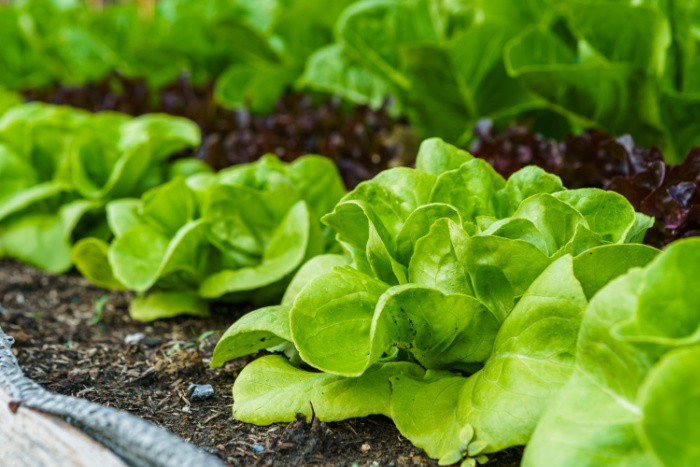
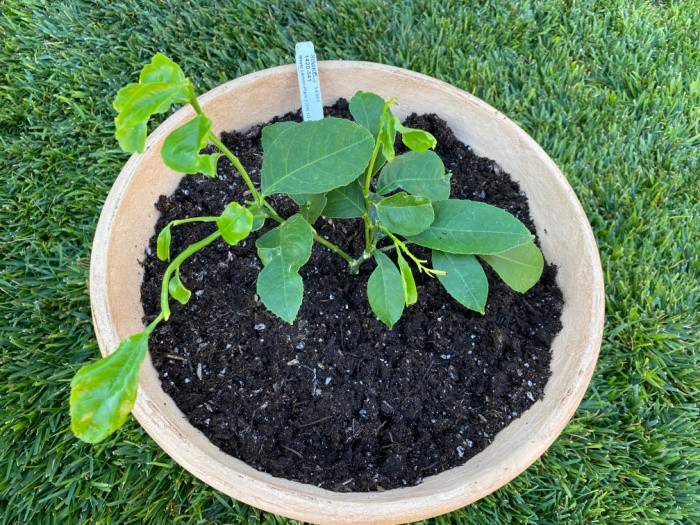
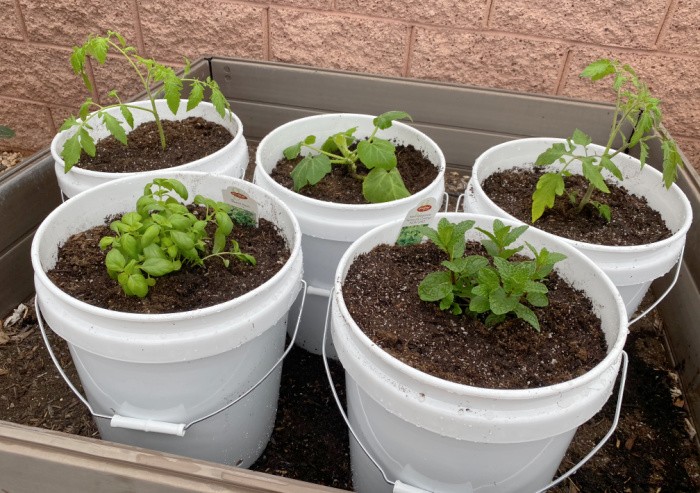
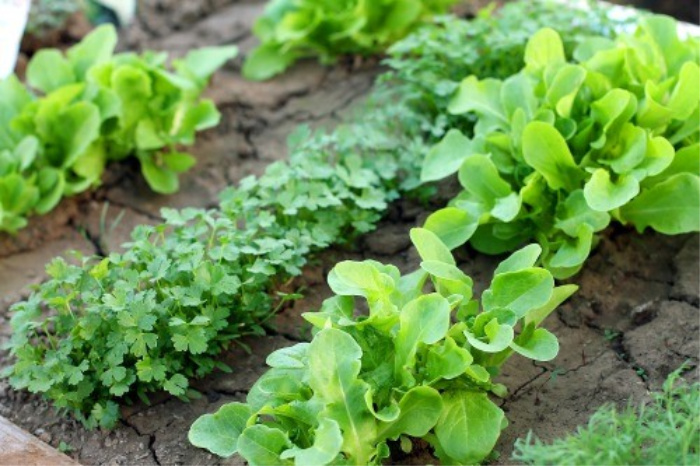













I love to grow veggies in pots. This is how I extend my growing area and they are great for apartments too.
Thanks for all your tips!
Hi Tiffany, this is great to hear! I’m really trying to get people to grow their own food! Linda
After our garden got eaten by deer, we started planting in pots. We can take them inside when it is cold in the evenings.
Hi Janet, I had to deal with deer years ago! Oh my gosh, they love gardens! We do what we have to do to grow our own vegetables! Linda
I live in the mountains, in the woods. Have a lot of deer. Learned that if I planted marigolds scattered around what ever I’ve planted, it will deter most of them. They dislike the smell. But, there’s always that one who apparently doesn’t mind the smell, but it does help. Another trick is to cover the plants with plastic, especially at night/early morning then they are active. Those tube or tunnel type row covers are easy to build and saves a lot of produce, plus acts as a greenhouse, especially in very cold climates like I live in.
Hi Pam, I love those row covers! It’s about as close to a greenhouse I will ever have. I love looking at the marigolds in the garden around the different vegetables!! Linda
Hey, Linda. I’m planning on a container garden this spring. I’m hoping I have enough to put some up. I have 9 or so huge pots. Bigger than a half barrel. I will have to drill some drain holes in them first. I’ve always wanted to have a green house, but don’t have one yet.
Hi Deborah, my dream is to have a greenhouse, it’s not in the budget. Those barrels sound awesome! Linda
Some kind of cattle block or something came in them. My friend gave them to me.
Hi Deborah, oh okay! Nice, Linda
I would add herbs to the list! I grow some of my own herbs-basil, sage, oregano, chives are the most common ones I grow. I have grown stevia as well but it doesn’t do well here in my area.
Hi Leanne, I need to do that! Great reminder! I will go add those very soon, thank you!! Linda
Love your gardening posts, Linda! I currently live just outside of Phoenix, AZ, a “transplant” from southern Maine. Trying to adjust to the totally different climates and growing seasons here, and have found the most success with container gardening. My question for you is what kind of containers do you use? Larger planters can be very pricey and I’m concerned about plastics breaking down in this extreme desert heat and leeching into the veggies. I really like terra cotta pots, but they can get heavy and are hard to keep sufficiently watered in mid-summer temps. Would appreciate any recommendation, please and thank you!
Hi Julie, I live in Southern Utah in the desert and the heat is a killer for sure! I started out with some 20-inch pots 15 years ago and after 2 years they pretty much disintegrated, crumbled, and cracked. I had water feeder lines fed to each pot. They have full circle sprayers. They take a lot of water, we water them 2 times for 15 minutes each day. Phoenix is even hotter than St. George, Utah. I had to replace the first pots with some expensive ones. I bought them from a nursery here, I wish I could remember what kind. I know they are pretty and glazed (I think). I bought 12 for about $1200.00 as I remember. I just about choked, because I still had to buy the soil. But they are still doing well. You may want to check with a garden nursery there. I know I have to add vermiculite and perlite to the soil to keep it moist. Anything plastic literally falls apart in the heat. My raised garden beds are still holding after 15 years they were made by SunCast. 4 feet square by 18 inches deep. I use shade cloth in July and August. The heat is a killer otherwise. It was a learning curve for me for sure. Linda
Strawberries in kiddie pools. Ok, I should preface this to say that they WILL get dry rot and so they can not be moved. and need some holes (not too many if they are outside as mine are) as we get quite a bit of rain in south Mississippi. We used to grow strawberries in the ground. Deer love them and our watermelon too. We moved our entire garden much closer to our house and over a few years bought some of the larger slideless kiddie pools. We filled them will soil, sphagnum, and perlite and that first year filled one pool with 50 year 2 strawberries. We mulched them with hay and they grew like crazy. Now we have 7 pools all with 50 berry plants. We fertilize once a year an mulch heavily over winter. it has worked wonderfully. Now we grow a lot of out garden i a variety of pots.
Hi Paula, oh my gosh, I LOVE hearing this! I can actually visualize the blue kiddie pools! What A great idea!!! Linda
Linda, melons and strawberries do well in pots too.
Hi Ray, that’s good to know. I need to try those! Thank you! Linda
And I forgot to mention Bok Choi, like almost all such veggies, do well in pots. But unless you get the baby or small varieties they can grow to 4-5 feet tall and would need support in a pot.
Hi Ray, it’s so funny because now every time I see Bok Choi I think of you!! I need to look for the baby Bod Choi! Linda